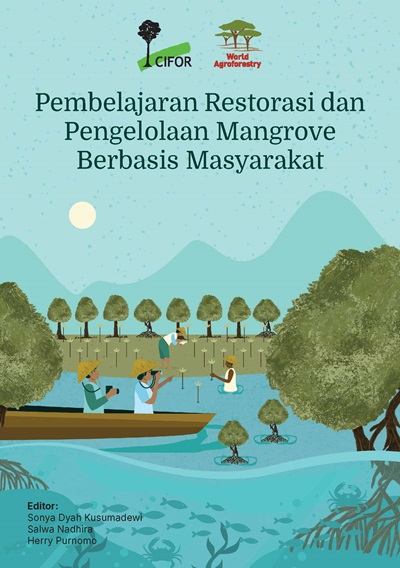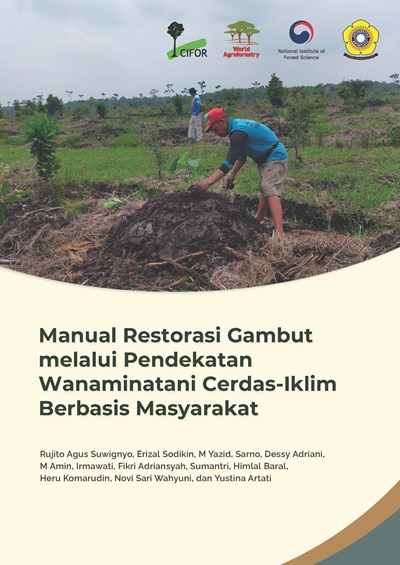When development impacts a broad landscape and causes the loss of multiple ecosystem services, decisions about which of these impacts to offset must be made. We use industrial oil-palm developments in Kalimantan and quantify the potential for restoration to offset oil-palm impacts on carbon storage and biodiversity. We developed a unique backcasting approach combined with a spatial conservation prioritisation framework to identify priority areas for restoration offsetting. We calculated the past impacts of oil-palm development, quantified the future benefits of restoration for carbon storage and biodiversity over one oil-palm planting cycle of 25 years, and prioritised areas for restoration to balance the impacts and benefits for the least cost. We estimate that offsetting the carbon emissions attributable to the existing 4.6 Mha of industrial oil-palm plantation in Kalimantan is most cost-effectively achieved by restoring 0.4–1.6 Mha of degraded peatlands, including failed agricultural projects, at a cost of US$0.7–2.9 billion. On the other hand, offsetting biodiversity losses would require at least 4.7 Mha of degraded areas to be restored (equating to 8.7% of Kalimantan) at a cost of US$7.7 billion. We show that priority areas for offsetting biodiversity losses overlap poorly with those for compensating carbon emissions. Our analysis suggests that reconciling multiple impacts at landscape scales will necessitate difficult choices among contested socio-political preferences. Our findings also clarify the fundamental importance of conserving biodiversity-rich primary forests and peatlands in the tropics and the need to avoid converting these areas in the future.
DOI:
https://doi.org/10.1016/j.gloenvcha.2018.07.008
Altmetric score:
Dimensions Citation Count:























